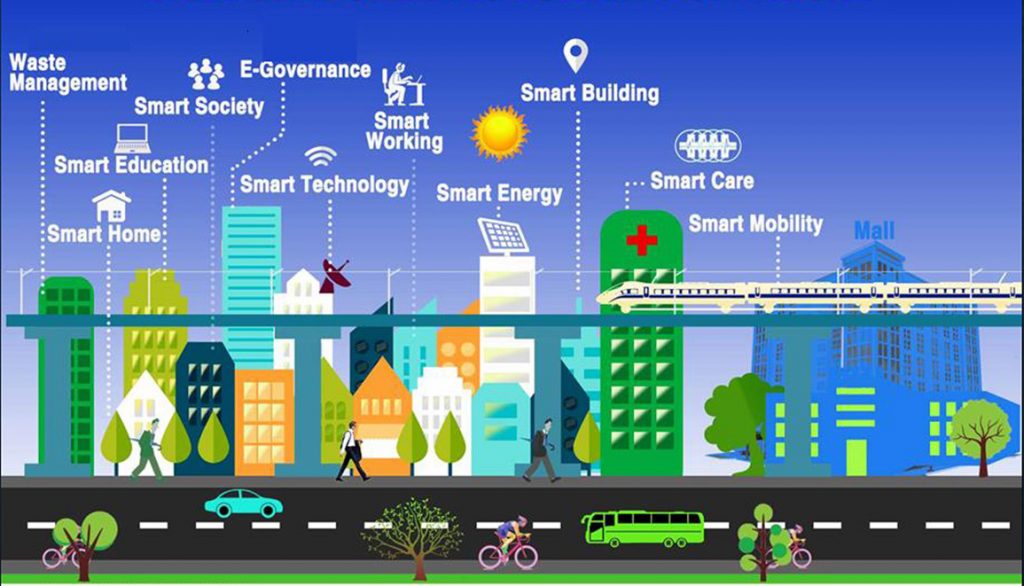|
The rapid advancement of technology has revolutionized the way we live, work, and communicate. One of the most transformative concepts emerging from this digital age is the Internet of Things (IoT), which connects everyday objects to the internet. However, an even more groundbreaking development is on the horizon - the Internet of Skills (IoS). In this article, we explore the concept of IoS and its potential implications. The Internet of Skills takes the concept of IoT a step further by enabling the transfer of skills and knowledge across vast distances in real-time. It combines virtual reality (VR), augmented reality (AR), haptic feedback systems, and high-speed internet connectivity to create an entirely new paradigm of remote collaboration and learning. Imagine a world where a surgeon can perform a complex surgical procedure on a patient located thousands of miles away, or where a skilled technician can repair a malfunctioning machine without leaving their office. This is the future that IoS promises to deliver. At the heart of IoS are cutting-edge technologies such as VR and AR. These immersive technologies enable users to feel like they are physically present in a remote location. By wearing a VR headset and using specialized gloves equipped with sensors, users can see, hear, touch, and manipulate objects in a virtual environment as if they were actually there. Haptic feedback systems play a crucial role in IoS by providing users with a sense of touch and physical feedback. These systems use vibrations, pressure, and other sensory cues to simulate the sensation of interacting with physical objects. Combined with VR and AR, haptic feedback creates a truly immersive experience that allows users to perceive and manipulate objects in a remote setting. The high-speed internet connectivity is the backbone of IoS, ensuring seamless communication and data transfer between the user and the remote environment. Ultra-low latency networks, such as 5G, are crucial for IoS applications as they minimize the delay between user actions and their corresponding feedback in the virtual environment. The potential applications of IoS are vast and varied. In healthcare, surgeons can collaborate with specialists from around the world to perform complex procedures, thereby improving patient outcomes. In manufacturing, technicians can receive real-time guidance from experts to troubleshoot issues, reducing downtime and costs. In education, students can participate in immersive virtual classrooms, gaining practical skills and experiences regardless of their physical location. However, despite its immense potential, IoS also raises concerns regarding privacy, security, and ethical implications. The transfer of skills and knowledge over the internet requires robust encryption and authentication mechanisms to protect sensitive information. Additionally, there is a need to establish regulatory frameworks to ensure the responsible and ethical use of IoS technologies. the Internet of Skills holds incredible promise for transforming how we collaborate, learn, and interact in a globalized world. By leveraging VR, AR, haptic feedback, and high-speed internet connectivity, IoS has the potential to bridge the gap between the virtual and physical world, enabling remote collaboration and learning on an unprecedented scale. However, careful consideration must be given to address the challenges and risks associated with this emerging technology.  |
